
The Legion of Merit (LOM) is a military award of the United States Armed Forces that is given for exceptionally meritorious conduct in the performance of outstanding services and achievements. The decoration is issued to members of the eight uniformed services of the United States as well as to military and political figures of foreign governments.

Military ranks are a system of hierarchical relationships, within armed forces, police, intelligence agencies or other institutions organized along military lines. The military rank system defines dominance, authority, and responsibility in a military hierarchy. It incorporates the principles of exercising power and authority into the military chain of command—the succession of commanders superior to subordinates through which command is exercised. The military chain of command constructs an important component for organized collective action.

The Defense Superior Service Medal (DSSM) is a military decoration of the United States Department of Defense, which is presented to United States Armed Forces service members who perform superior meritorious service in a position of significant responsibility.

The Distinguished Flying Cross (DFC) is a military decoration of the United States Armed Forces. The medal was established on July 2, 1926, and is currently awarded to any persons who, after April 6, 1917, distinguish themselves by single acts of heroism or extraordinary achievement while participating in aerial flight. Both heroism and extraordinary achievement are entirely distinctive, involving operations that are not routine. The medal may be awarded to friendly foreign military members in ranks equivalent to U.S. Pay Grade of O-6 and below, in actual combat in support operations.

The Distinguished Service Cross (DSC) is the United States Army's second highest military decoration for soldiers who display extraordinary heroism in combat with an armed enemy force. Actions that merit the Distinguished Service Cross must be of such a high degree that they are above those required for all other U.S. combat decorations, but which do not meet the criteria for the Medal of Honor. The Army Distinguished Service Cross is equivalent to the Naval Services' Navy Cross, the Air and Space Forces' Air Force Cross, and the Coast Guard Cross. Prior to the creation of the Air Force Cross in 1960, airmen were awarded the Distinguished Service Cross.

An adjutant general is a military chief administrative officer.
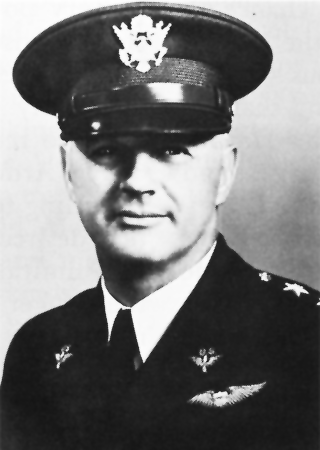
Delos Carleton Emmons was a lieutenant general in the United States Army. He was the military governor of Hawaii in the aftermath of the Attack on Pearl Harbor and administered the replacement of normal U.S. banknotes with special war-emergency US banknotes in case the islands were invaded. He is credited with preventing the mass evacuation of Japanese-Americans from Hawaii, which many have called a shameful episode of racism and jingoism that was felt hardest on the mainland.
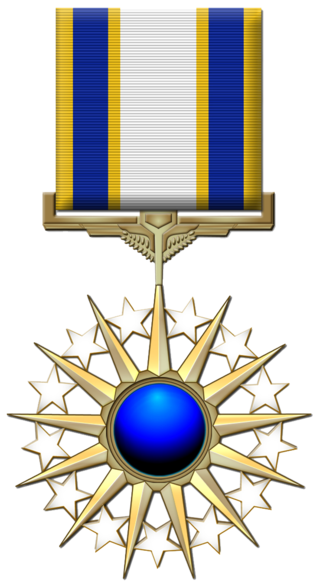
The Distinguished Service Medal (DSM) is a military decoration of the United States Air Force and United States Space Force and is presented to airmen and guardians to recognize distinguished and exceptionally meritorious service to the United States while serving in a duty or position of great responsibility. The Distinguished Service Medal was created by an act of the United States Congress on July 6, 1960 and was first awarded in 1965. Prior to the creation of the Distinguished Service Medal in 1960, United States Air Force airmen were awarded the Army Distinguished Service Medal.
The Military Order of the Loyal Legion of the United States (MOLLUS), or, simply, the Loyal Legion, is a United States military order organized on April 15, 1865, by three veteran officers of the Union Army. The original membership was composed of commissioned officers of the Regular or Volunteer Army, U.S. Navy, or U.S. Marine Corps who served during the American Civil War, or who had served and thereafter been commissioned and who thereby "had aided in maintaining the honor, integrity, and supremacy of the national movement" during the Civil War.
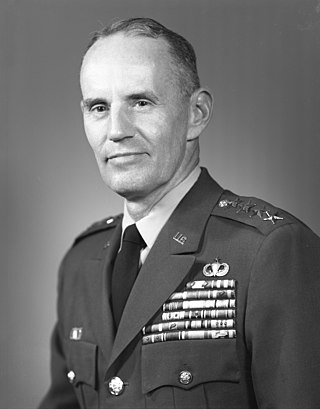
Bruce Palmer Jr. was a general in the United States Army. He commanded the XVIII Airborne Corps during Operation Power Pack, the II Field Force, Vietnam during the Vietnam War, and was acting Chief of Staff of the United States Army from July to October 1972.
Mustang is a military slang term used in the United States Armed Forces to refer to a commissioned officer who began their career as an enlisted service member. A mustang officer is not a temporary or brevet promotion but is a commissioned officer that receives the same pay and command responsibilities as all other commissioned officers.
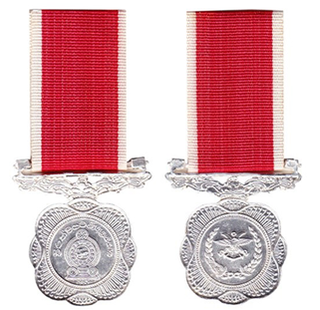
The Rana Wickrama Padakkama is awarded to Sri Lankan military service personnel serving in both the regular- and volunteer forces as a reward for:
...individual or associated acts of bravery in the face of the enemy and performed voluntarily...
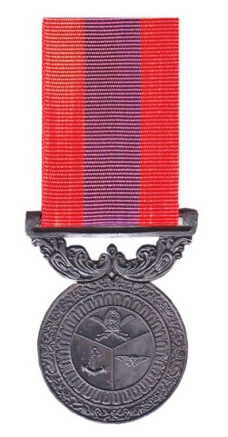
Rana Sura Padakkama is awarded to servicepersons of all ranks of the regular and volunteer forces of the Military of Sri Lanka for individual acts of bravery and otherwise distinguished conduct in the face of the enemy during active deployment. Bars could be awarded for further acts of gallantry meriting the award for a second and third time, denoted by a star in the ribbon bar for each additional award.

Otto Paul Weyland was a United States Air Force (USAF) general and the post-World War II Commander of Far East Air Forces during the Korean War and of Tactical Air Command.
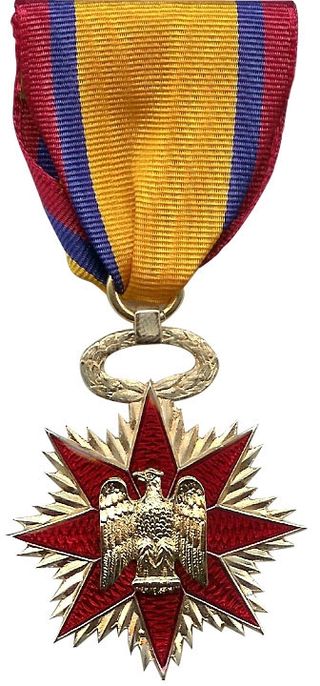
The Military Order of Foreign Wars of the United States (MOFW) is one of the oldest veterans' and hereditary associations in the nation with a membership that includes officers and their hereditary descendants from all of the Armed Services. Membership is composed of active duty, reserve and retired officers of the United States Armed Services, including the Coast Guard, National Guard, and allied officers, and their descendants, who have served during one of the wars in which the United States has or is engaged with a foreign power.

The Pingat Jasa Gemilang (Tentera) is a decoration awarded to members of the Singapore Armed Forces for exceptionally distinguished performance or extraordinary service, or the furtherance of links with overseas forces.

Lieutenant General George Edward Stratemeyer was a senior commander in the United States Air Force. He held senior command appointments in the China Burma India Theater of World War II and was Far East Air Forces commander during the first year of the Korean War.
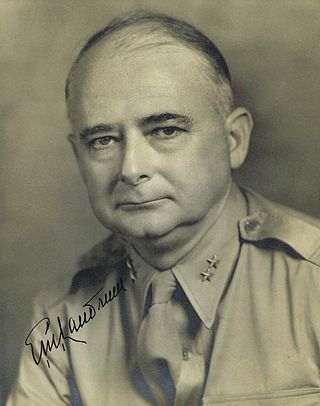
Major General Eugene M. Landrum was a senior United States Army officer. He is known primarily for defeating the Japanese in the Aleutian Islands Campaign at the start of World War II, being relieved as commander of the 90th Infantry Division shortly after the D-Day landings, and organizing the Pusan Perimeter to blunt the North Korean offensive during the Korean War.
















